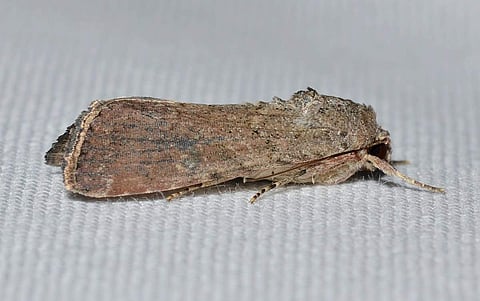

GUWAHATI: The Mizoram government has sought the Centre’s help in combating a pest, which has swarmed into the state ostensibly from Myanmar and Bangladesh, and unleashed a reign of terror.
The “Fall Army Worm” (Spodoptera Frugiperda) has destroyed farmlands, especially maize cultivation, across the state. According to a government source, the crop loss estimated so far was to the tune of Rs.20 crore.
Maize cultivation on 1,747.9 hectares of land in 122 villages has been affected, the source said. The outbreak was first noticed in March this year in the remote Lunglei district which shares its border with Bangladesh and Myanmar.
The state’s Agriculture Minister C Lalrinsanga told this newspaper that efforts were being made to combat the outbreak. “This is the first such attack by this insect in Mizoram. We have received reports of damage to crops from all eight districts in the state. We have constituted a rapid response team to deal with the situation. Our operation is on,” he said.
He also said that the state government had already informed the Centre of the pest attack and sought its help to combat the menace. Asked if the state government will give any relief to the affected farmers, Lalrinsanga said he would look into the matter. He was scheduled to meet senior officials of the state’s agriculture department on Tuesday evening to take stock of the situation.
Mizoram’s agriculture department director R Colney said pesticides were being used to kill the predators. After being tipped off by the Central government, the department had sent warnings to all district agriculture officers on February 27 on a possible attack by the insects which descend on agricultural land only at night. During the day, they hide under maize leaves, thereby making their detection difficult. Three years ago, farmlands near Kaziranga National Park in Assam had come under a similar pest attack.